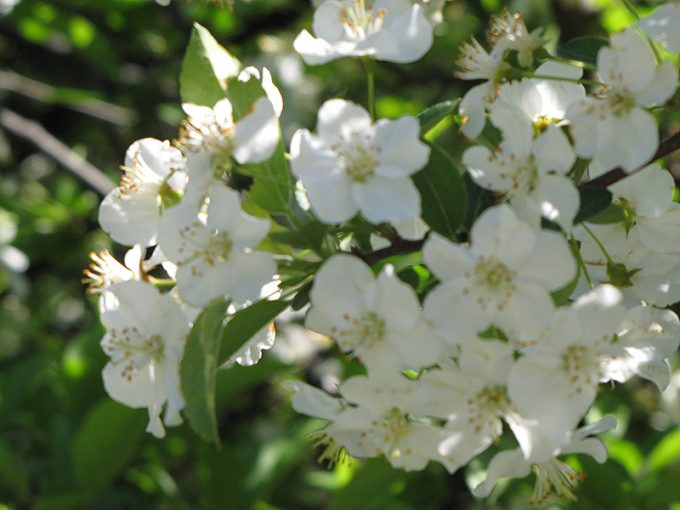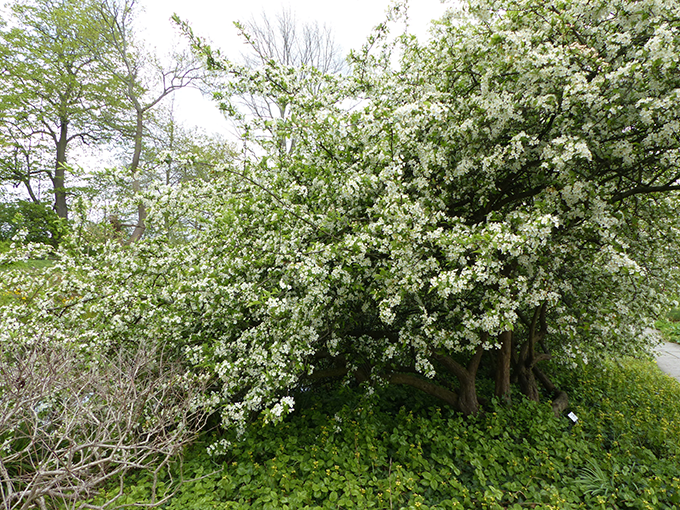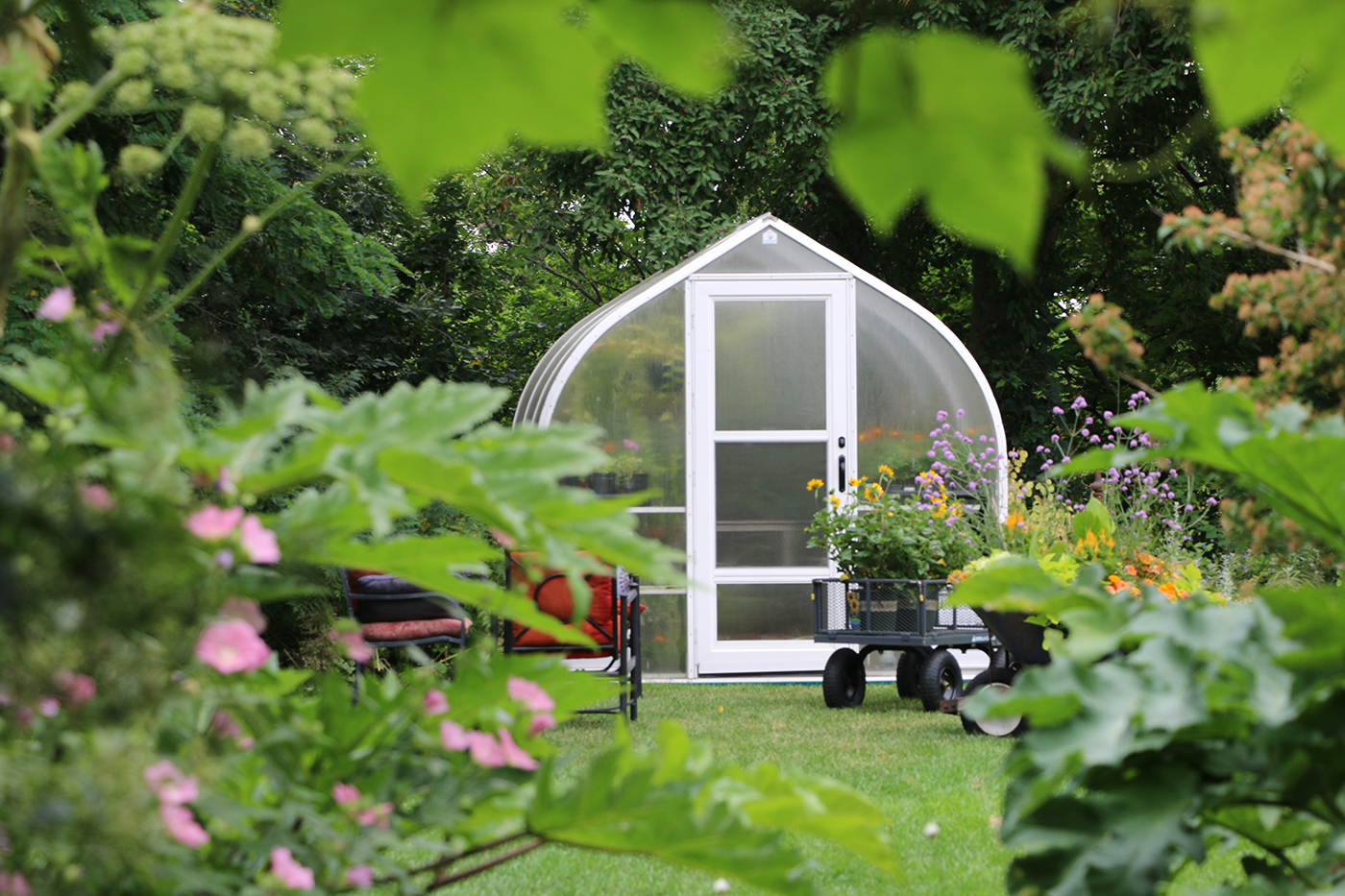Now is a great time to go hug your favorite tree! It’s Arbor Day in Colorado! National Arbor Day is always the last Friday in April, but Colorado marks it a week earlier, the third Friday of the month. Since the tradition began decades ago, state legislatures have always set Arbor Day for the date that was most appropriate for tree-planting in their area. Colorado did the same.
Kids should get a lot of credit for getting Arbor Day going!
The history of Arbor Day is a study in good old fashioned American can-do. It all began in Nebraska back in 1872. The wide open Nebraska prairies had a nature-loving newspaper editor longing for the trees of his home state of Michigan. He appealed to the Nebraska state legislature to set aside one day devoted to planting trees.
School children were recruited to help. By the evening of that first Arbor Day, the kids, with help from family, friends and neighbors, had planted an estimated one-million trees!
Legislatures in other states followed suit, and Arbor Day became a nationally-recognized holiday.
Great ways you can celebrate trees now!
Tagawa Gardens has an extensive Nursery Department because we love trees, too! In honor of Arbor Day, we’d like to suggest five terrific trees that will be a great fit in your Colorado landscape. They’re all small enough to complement almost any yard without overwhelming it. Take a look.
Royal Raindrops Flowering Crab
Bright pinkish red flowers and deep purple cutleaf foliage make Royal Raindrops a stunning sight. The flowers emerge in early spring, followed by the richly-colored leaves.
This tree is also resistant (thought not immune) to common disease problems. Royal raindrops is flush with showy ornamental fruit from mid-summer to early fall. It’s extremely attractive to pollinators and birds.
Royal Raindrops matures to 18′ tall and wide It’s appropriate for planting under power lines. It should be planted in full sun in moderate to slightly moist soil.
As with all crabapples, Royal Raindrops should be pruned only in late winter, while still dormant, to reduce exposure to fire blight.
Sargent’s Flowering Crab
Sargent’s is sometimes thought of as a small tree…. sometimes as a shrub. But it can easily hold its own in an ornamental crabapple popularity contest.
Sargent’s Crabapple is covered with clusters of fragrant white flowers that emerge from distinctive red buds in mid-spring, followed by red fruit in the fall. The branches on this tree are distinctly horizontal, which makes it especially well-suited for smaller landscapes.
Sargent’s size at maturity is 9′ tall and 12′ wide. It prefers full sun and needs well-drained soil.
Foliage is green all summer long, then turns a lovely yellow in fall. It should be pruned while still dormant in late winter to avoid disease.
Autumn Brilliance Serviceberry
Autumn Brilliance Serviceberry is a terrific small tree that definitely deserves more attention and more use in Front Range gardens. It delivers a showy display of white flowers in the spring that emerge before the leaves appear.
The flowers are a big draw for pollinators. As the flowers fade, tiny blue berries take their place. The berries make a great natural food source for birds. As the gardening season begins to wind down, the leaves of the Autumn Brilliance live up to their name and turn a vibrant red.
The Autumn Brilliance Serviceberry will grow to 25′ tall and 20′ wide. It prefers average to slightly moist conditions and does not like to go completely dry.
Autumn Brilliance is truly a three-season tree, giving back spring, summer and fall.
Big Cis Plum
This lovely tree is a real charmer and an excellent choice for smaller yards. It puts on a showy display of very fragrant small light pink flowers with dark pink centers in early spring, followed by purple foliage that holds its color into fall.
Big Cis is extremely cold tolerant. It grows to a mature size of 14′ tall and 12′ wide. It’s best grown in full sun and requires average moisture.
The small, one-inch plums produced by Big Cis are edible, but not especially tasty. But the birds love ’em, so planting them is a good deed for Mother Nature!
Ivory Silk Japanese Tree Lilac
One of the prettiest trees you can bring to your Colorado landscape is an Ivory Silk Japanese Tree Lilac. One look at the blossoms and you’ll know how this delightful tree got its name.
The creamy pinkish-white plumes emerge in late spring or early summer. They’re followed by eye-catching coral, red and white berries. Between the flowers and the berries, Ivory Silk Lilacs are extremely popular with birds, bees and butterflies.
Some lilac aficionados say Japanese Silk is their favorite lilac. It blooms a bit later than other lilacs, which may help it avoid late cold snaps.
This exotic looking tree is much tougher than it appears. It can survive temperatures as cold as minus 30. At maturity it can grow to 25′ tall and 20′ wide. It does best in full sun and average to moist conditions. Tagawa’s will be getting a shipment of Ivory Silk Japanese Tree lilacs in mid-May.
These trees…. and so many more!
The nursery at Tagawa Gardens is loading up with dozens of small trees that give back in so many ways….. beautiful spring flowers and wonderful fall color. Our Nursery Experts would love to help you pick just the right tree for your landscape.
Take a few pictures of the site you’d like to plant, then come see us and let us help you make the purr-fect choice!
And happy Arbor Day, whenever you choose to celebrate it!








